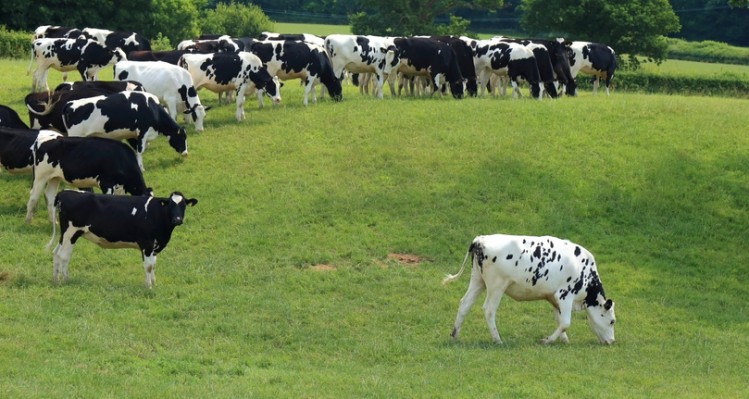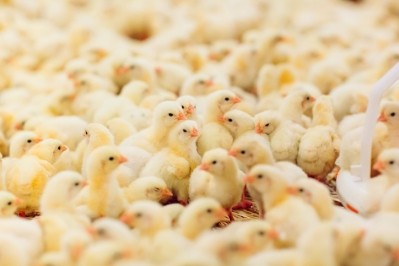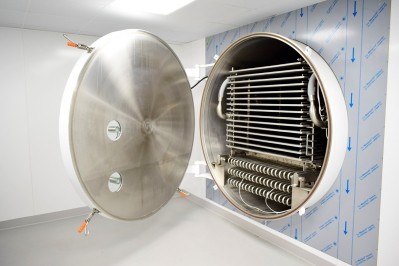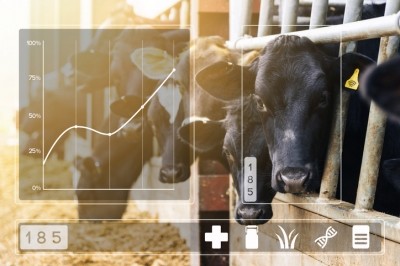Lallemand and consultancy to measure heat stress risk for UK dairy cows in real time

“The aim of the project it to raise awareness among producers in the UK and Ireland to the dangers of heat stress, we wanted to pilot this specific project in the UK due to the fact there is limited data on the thresholds for cows in the UK and Ireland; there is only data from cows in significantly hotter countries,” a spokesperson for Lallemand Animal Nutrition told us.
Chalcombe has made the heat stress monitors being used in the project, she said. The dairy farmers in the trial are all customers of Lallemand.
Impact on fertility, milk production
The biggest issue facing UK farmers when it comes to heat stress is that their cows are not adapted to higher temperatures.
“Because of this, and the fact that most of the data we have comes from hot countries, the threshold could be significantly lower than what we currently think. This could mean that cows in the UK could experience heat stress at lower temperatures and humidity levels than cows in Argentina or Spain, for example. Consequently, the correlated drop in fertility and milk production could be happening much sooner than expected,” said Mark McFarland, feed additive product manager, Lallemand Animal Nutrition.
In the trial, monitors will be fitted to a network of dairy farms in South England with the data being relayed to Lallemand’s website. This data will be streamed live so that farmers will be able to see the current level of heat stress risk, rather than basing management decisions on last year’s data.
Temperature and humidity will be recorded inside and outside the shed, which will be translated into updated graphs reflecting changing conditions and challenges, helping indoor and grazing herds.
“Most farmers graze their cows in the summer and there isn’t much known about the risks of heat stress at grass. We will be using work from Australia to help assess the live risk to UK grazing herds, and this information will be reported on the Lallemand website alongside the results for housed cows,” added Tom Chamberlain, qualified vet and founder of Chalcombe.
Heat stress set to become bigger challenge in UK
Heat stress in cattle is likely to become a much bigger problem in England and northern Europe due to global warming raising average temperatures and making extreme events such as heat waves more common.
On top of this, as dairy cow yields increase, they become more prone to heat stress, said Lallemand.
“Our project will be the first to measure and report heat stress risks in real time. This will allow farmers to take timely actions to reduce the impact of heat stress.”
As well as the collected data, farmers will also be able to access management advice to mitigate the impact of heat stress before production is compromised.
“This data collection will be on-going to continuously provide an accurate picture of heat stress in this country. Over the next few years, we plan to expand our research to incorporate more farms across the UK,” said McFarland.














